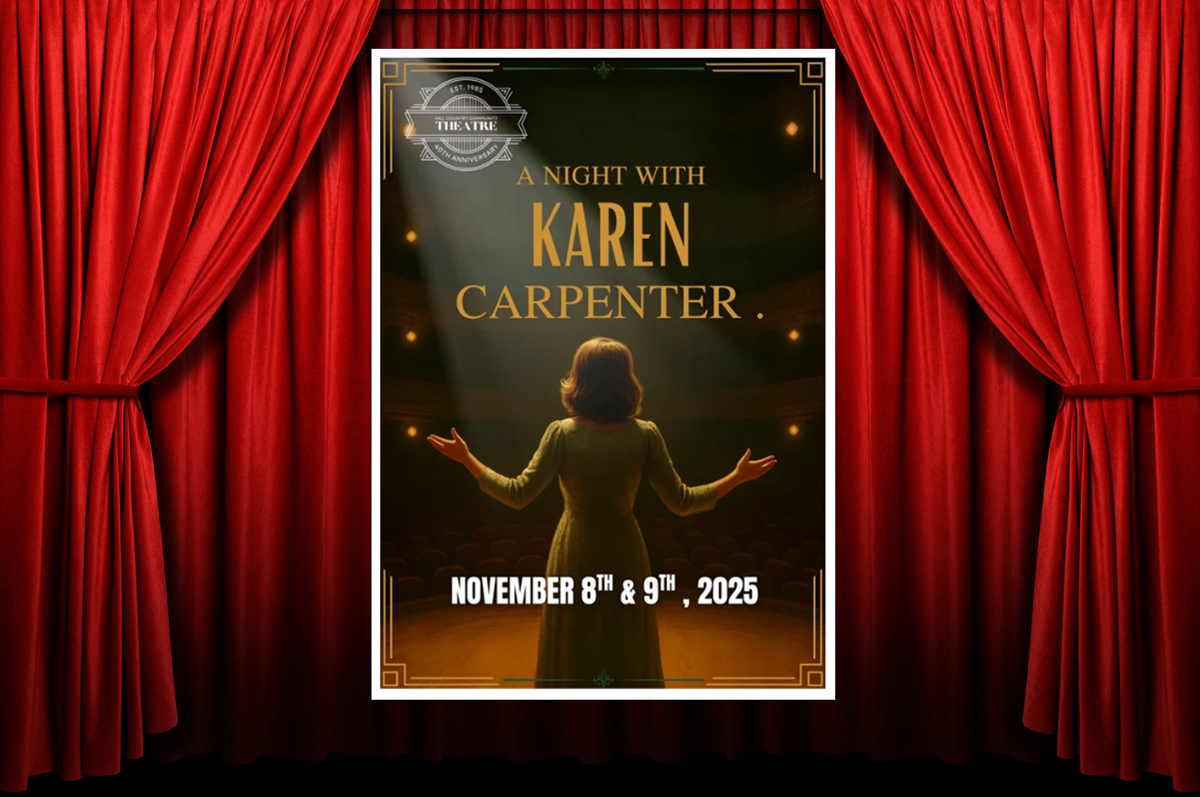
The Llano County Courthouse in the center of downtown Llano adds to the city’s historic aesthetic. Staff photo by Dakota Morrissiey
Highland Lakes history is still present in the area’s venerable courthouses. The buildings are often the centerpieces of the downtowns in which they stand. One local county even boasts two courthouses.
The Old Blanco County Courthouse hasn’t been used as a courthouse since 1890. Located on the town square on Main Street (U.S. 281) in Blanco, it now serves as a venue for weddings, parties, and festivals, including the annual Blanco Lavender Festival in June.
In the past, the building also housed a hospital, a school, and a barbecue restaurant. The Blanco County Courthouse Preservation Society restored it in the mid-1990s. The National Register of Historic Places calls the Second Empire-style courthouse “one of the finest examples of courthouse architecture from the late 19th century in Texas.” It was built in 1885-86 by Austin architect Frederick Ernst Ruffini.
The current Blanco County Courthouse, where the county judge presides, is located at 101 E. Pecan Ave. in Johnson City. It is known for its Classical Revival architecture. Designed by Henry T. Phelps, it was built in 1916 after the county seat was moved to Johnson City in 1890.
The most modern of the Highland Lakes courthouses, the Burnet County Courthouse, was built in 1937 out of local granite. It is located at 220 S. Pierce St. in Burnet.
The Lampasas County Courthouse, 501 E. Fourth St. in Lampasas, was built in 1883 and is still used today for county government, making it the third-oldest courthouse in the state. The building has been restored to its Second Empire and Italianate styles. Famous architect W.C. Dodson designed it to include a central clock tower with a Seth Thomas Clock, arched windows, and a mansard roof. To make it easier to view, the clockwork was moved to the first floor.
The Llano County Courthouse, 801 Ford St. in Llano, is one of the few remaining Texas courthouses built before 1900. The fourth building to serve Llano as a courthouse, it is constructed of Texas red sandstone, marble, and granite. A.O. Watson and Jacob Larmour designed the building during the “Golden Age” of Texas courthouse design in the Romanesque Revival style.












